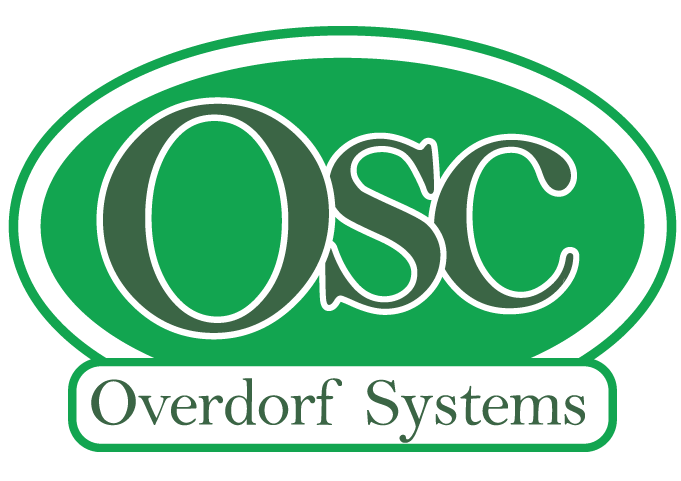Isn’t it about time your trade surveillance technology entered the 21st century? The need for surveillance systems to oversee transactions and commissions across advisors and accounts, to effectively detect and investigate abuse and fraud, is becoming more pressing. Yet many broker-dealers continue to rely on old technology that makes it difficult to aggregate relevant data, configure alerts, and increase efficiency and accuracy.
Currently, there are approximately 8,200 broker-dealer firms registered with the Securities and Exchange Commission (SEC), with each one responsible for monitoring their own registered representatives for licensing, business activity, and trading compliance with securities regulations and FINRA rules. Choose any month from FINRA’s Monthly Disciplinary Actions, and you’ll find consistent language around “failure to establish and maintain a reasonable supervisory system.”
Poor advisor supervision and surveillance has significant consequences for broker-dealers, from severe fines and penalties to reputation risk. Compliance officers need to consider breaking from their peers by focusing not only on meeting regulatory requirements, but also creating a surveillance culture that drives a more holistic approach to compliance. But, as broker-dealers repurpose their existing systems to meet these goals, they are struggling under the strain of higher alert volumes and evolving regulations.
Compliance: Before and Now
In the past, compliance was a relatively manual or fragmented process of downloading statements and pulling together silos of data, even for firms using compliance systems. Today’s environment demands improved workflows for acquiring and analyzing data to feed the entire surveillance, supervision and compliance process using business intelligence and configurable alerts to reduce workload.
Broker-Dealers need to be able to track recruits, manage advisors, push compliance reporting requirements to advisors for completion, and oversee the completion of advisor submissions. They also need to capably flag accounts, implement holds on accounts or records as needed, blotter transactions, and match blottered transactions with commissions received. And, the workflow needs to fast and configurable to eliminate risks.
With trading surveillance systems generating thousands of alerts per day, many of which end up being false positives, firms are looking to increase the quality of their alerts, and speed up how they process them.1 Cloud systems are also becoming more critical, as remote work continues and firms need more efficient data access, analysis and workflows.
Five Key Capabilities
Several imperative supervision and surveillance capabilities are emerging as broker-dealer “must haves” to ensure maximum efficiency, accuracy and flexibility while meeting evolving regulatory and compliance needs. These include:
1. Data and Business Intelligence
2. Configurable Alerts and BI
3. Home Office Workflows
4. Compliance Dashboards
5. Compensation Reporting
If your current platform is missing these capabilities for managing surveillance, advisor licensing and commissions, then it may be time to do some initial due diligence.
Bringing Surveillance into the 21st Century
Compliance officers are charged with the responsibility to establish and maintain a system to supervise the activities of their firm’s reps and measure the potential or real impact of poor surveillance. They need to prove to clients, stakeholders and regulators that they are effectively and comprehensively managing a variety of risks and threats at all times. However, many compliance programs are hampered by the confines of legacy surveillance technology in terms of data or workflow fragmentation, hard-coded parameters, and limited accessibility. Now is the time for broker-dealers to modernize their surveillance technology infrastructure with fast and cost-effective data acquisition and normalization, flexible and configurable alerts, and powerful analytics and business intelligence.


